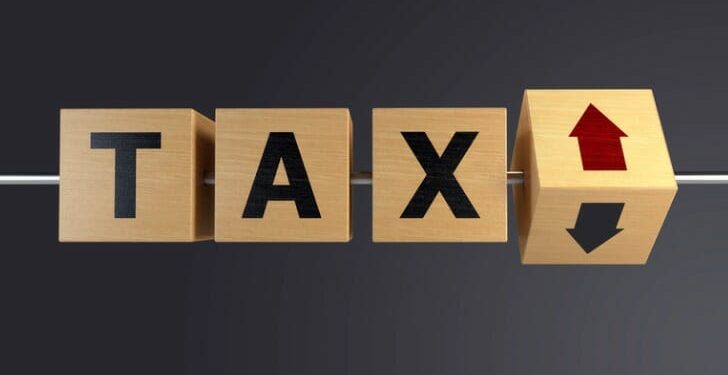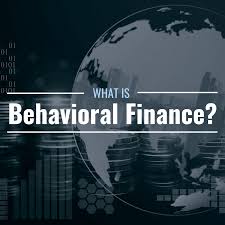Tax rates play a pivotal role in shaping a nation’s economic landscape, influencing everything from business investments and consumer spending to government revenue and social equity. Understanding how tax rates impact the economy is crucial for policymakers aiming to foster growth while ensuring adequate funding for public services.
Impact on Business Investments
High corporate tax rates can deter business investments by reducing the after-tax return on investment. When businesses face higher taxes, they may cut back on spending for expansion, research, and development. This slowdown can stifle innovation and job creation. Conversely, lower corporate tax rates can attract investments, both domestic and foreign, spurring economic growth and increasing employment opportunities.
For instance, Ireland’s low corporate tax rate of 12.5% has been a significant factor in attracting multinational corporations, leading to robust economic growth over the past two decades. Kenya, aiming to enhance its investment appeal, might consider a competitive corporate tax rate to boost its economic profile.
Influence on Consumer Spending
Personal income taxes directly affect disposable income, which in turn influences consumer spending. High income tax rates can reduce the amount of money individuals have to spend, saving or invest, potentially leading to lower consumption levels. Lowering personal income tax rates can increase disposable income, encouraging higher spending and boosting demand for goods and services.
However, it is essential to maintain a balance. While reducing taxes can stimulate the economy, it can also lead to budget deficits if not managed carefully. Progressive tax structures, where higher earners pay a higher percentage, can ensure equity while providing sufficient revenue.
Government Revenue and Public Services
Tax rates are the primary tool for generating government revenue. These funds are essential for providing public services, including education, healthcare, infrastructure, and social welfare programs. Striking the right balance in tax rates is vital to ensure that the government can fund these services without imposing excessive burdens on taxpayers.
In countries with lower tax rates, governments must find alternative ways to balance their budgets, often through cuts in public spending. This scenario can lead to reduced quality of public services, impacting social welfare and long-term economic health. Conversely, higher tax rates can provide more revenue but may hinder economic activity if they become too burdensome.
Social Equity and Fairness
Tax rates also play a critical role in promoting social equity. Progressive tax systems, where tax rates increase with income levels, help redistribute wealth and reduce income inequality. This approach ensures that those with higher incomes contribute a fair share to funding public services.
In Kenya, for instance, a well-structured progressive tax system can help address social inequalities while providing necessary funds for development projects. By ensuring that the tax burden is distributed equitably, the government can promote social cohesion and economic stability.
The Balancing Act
The optimal tax rate lies in a delicate balance that maximizes government revenue without stifling economic growth. Economists often refer to the Laffer Curve, which illustrates that there is an ideal tax rate that maximizes revenue without discouraging productivity and investment.
For Kenya, setting tax rates involves considering various factors, including economic conditions, revenue needs, and social goals. Policymakers must continuously adjust tax rates based on empirical evidence and economic performance to find the sweet spot that fosters growth while ensuring sustainable revenue.
















